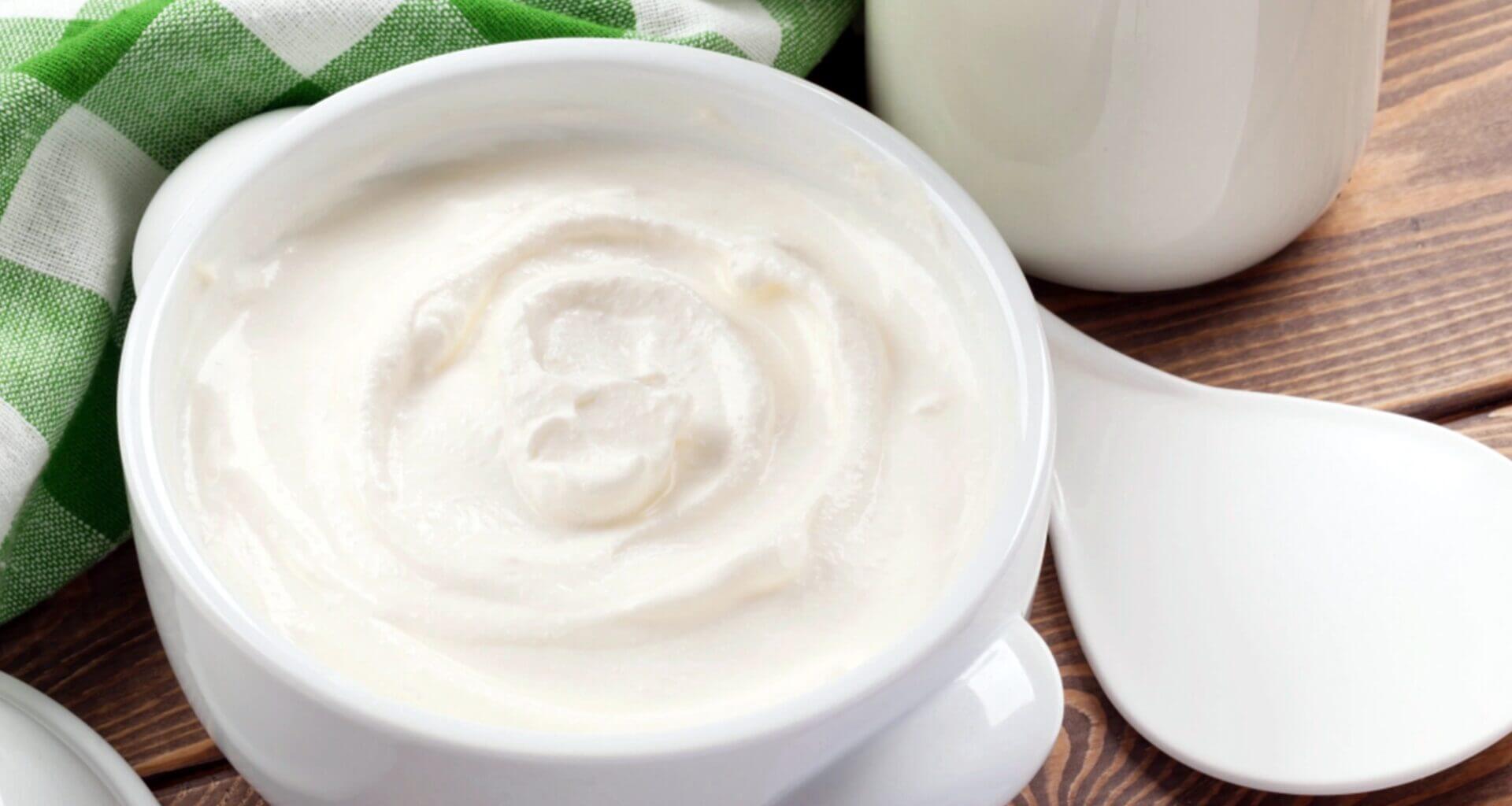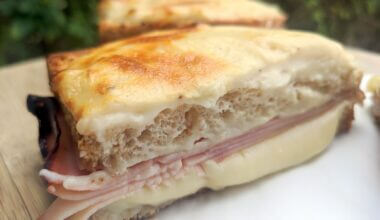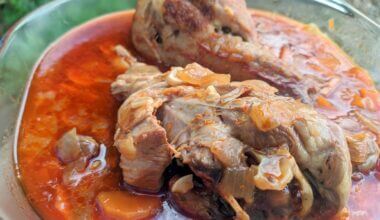Walk into any grocery store dairy aisle, and you’ll face a bewildering array of dairy cream products. Heavy cream, double cream, sour cream, cream cheese, they all look similar in their white, creamy glory, but each serves completely different purposes in the kitchen. This confusion isn’t just frustrating; it can ruin recipes when you grab the wrong product.
The problem stems from how these products are made and marketed. While they all start with milk fat, different processing methods, fat content, and bacterial cultures create products with vastly different textures, flavours, and cooking properties. Understanding these differences will transform your cooking and baking, helping you choose the right cream for every recipe.
Heavy Cream (What Americans Call “Cream”)
Heavy cream, also known as heavy whipping cream, is the gold standard of American dairy products. This is what most recipes simply call “cream.”
What Is It: Heavy cream contains 36-40% milk fat and is produced by separating the fat-rich layer from whole milk through centrifugation. The high fat content gives it incredible versatility and stability.
Taste & Texture: Rich, velvety, and luxuriously smooth with a clean, sweet dairy flavour. When fresh, it has almost no tang or sourness, just pure, creamy richness.
Common Uses: Whipping into peaks for desserts and toppings, adding richness to soups, sauces, and pasta dishes, making homemade butter, coffee creamer for an indulgent cup, ice cream base, ganache for chocolates and cakes, creamy salad dressings and marinades.
Double Cream (The British Luxury)
Double cream is the British equivalent of heavy cream, but richer and more indulgent.
What Is It: Double cream contains a whopping 48% milk fat, significantly higher than American heavy cream. This higher fat content makes it incredibly thick and stable, almost approaching the consistency of soft butter at room temperature.
Taste & Texture: Extraordinarily rich and thick with an almost silky, coating texture. The flavour is intensely creamy with sweet dairy notes that linger on the palate.
Common Uses: Traditional British desserts like trifles and fools, dolloping on scones with jam, enriching curries and Indian dishes, making clotted cream, luxury coffee drinks, rich pasta sauces that won’t break, decadent chocolate desserts.
Note: Double cream isn’t widely available in the US, but you can substitute heavy cream in most recipes, though the final dish will be slightly less rich.
Sour Cream (The Tangy Game Changer)
Sour cream transforms regular cream through controlled fermentation, creating something entirely different.
What Is It: Sour cream starts with regular cream (usually 18-20% fat) that’s been cultured with lactic acid bacteria. These beneficial bacteria ferment the cream, thickening it and developing its characteristic tang. The fermentation process typically takes 12-24 hours.
Taste & Texture: Thick, smooth, and spreadable with a distinctive tangy, slightly acidic flavour that adds brightness to dishes. The texture is similar to thick Greek yogurt but creamier.
Common Uses: Topping for baked potatoes and Mexican dishes, base for creamy salad dressings and dips, cooling element in spicy cuisines, baking ingredient for tender, moist cakes, stroganoff and other creamy sauces, dollop on soups to cut richness, tex-Mex cuisine (tacos, burritos, nachos), eastern European dishes like borscht.
Cream Cheese (The Dense Delight)
Cream cheese is technically a fresh cheese, not just a cream product, which explains its unique properties.
What Is It: Cream cheese is made by adding bacterial cultures to milk and cream, allowing it to coagulate and separate. The curds are then heated to kill bacteria, drained, and mixed with additional milk and stabilizers to create a smooth, dense product with about 33% milk fat.
Taste & Texture: Dense, smooth, and spreadable with a mild, slightly tangy flavour and subtle dairy sweetness. It’s much firmer than other creams and holds its shape well.
Common Uses: Bagel spread and sandwich filling, cheesecake base (the star ingredient), frosting for carrot cake and red velvet cake, creamy dips and spreads, stuffed jalapeños and appetizers, japanese-style light cheesecakes, cream cheese pound cake, savory tart fillings, sushi rolls (Philadelphia rolls).
Quick Reference Comparison
| Product | Fat Content | Texture | Flavour | Best For |
|---|---|---|---|---|
| Heavy Cream | 36-40% | Liquid, whippable | Clean, sweet | Whipping, cooking, coffee |
| Double Cream | 48% | Very thick liquid | Intensely rich | British desserts, luxury dishes |
| Sour Cream | 18-20% | Thick, spreadable | Tangy, acidic | Toppings, dips, baking |
| Cream Cheese | 33% | Dense, firm | Mild, slightly tangy | Spreads, cheesecake, frosting |
Extra Tips and Notes
International Differences
European creams often have higher fat content than American versions.
Crème fraîche is similar to sour cream but less tangy and more luxurious.
Mascarpone is like cream cheese but made from cream instead of milk, resulting in higher fat content.
Storage of Creams
Heavy and double cream last 5-7 days past their sell-by date when properly refrigerated.
Sour cream can last 1-2 weeks past its date due to beneficial bacteria.
Cream cheese lasts longest, up to 2-3 weeks past its date when unopened.
Always smell before using, fresh dairy products should have a clean, sweet aroma.
Cooking Substitutions
Can’t find double cream? Use heavy cream with a tablespoon of butter per cup.
Out of sour cream? Mix ¾ cup heavy cream with ¼ cup lemon juice or vinegar, let sit 10 minutes.
Need cream cheese substitute? Blend equal parts ricotta and butter until smooth.
Heavy cream substitute: Mix ¾ cup milk with ¼ cup melted butter.
Temperature Matters
Cold cream whips better and faster than room temperature cream.
Room temperature cream cheese spreads easier and blends smoother in recipes.
Never add cold dairy to hot soups, it may curdle. Temper it first by adding a ladle of hot soup to the cream.
Fat Content Facts
Higher fat content means more stable sauces that won’t break or curdle.
Lower fat creams are more likely to curdle in acidic dishes.
The fat in cream carries flavours, so higher fat products taste richer and more intense.
Cooking and Baking Secrets
- Over-whipped cream becomes butter (which is actually useful to know!).
- Add sugar and vanilla at the soft peak stage, not before.
- Cream whips to about double its original volume.
- Sour cream makes cakes incredibly moist due to its acidity.
- Cream cheese creates the densest, richest cheesecakes.
- Heavy cream in bread recipes creates an incredibly tender crumb.
- Room temperature cream cheese prevents lumpy frostings.
And that’s it! Hope this was helpful, as always if you have any questions, feel free to post a comment below and until next time! ;D








